“It’s tempting to go for already available single use packaging in the short term. It looks clean, but it’s fighting the symptoms, not the disease. If viruses like SARS, Ebola, MERS, and COVID-19 teach us anything it’s that our global lifestyle is encroaching on animal habitats too much. It might lead to viruses being transmitted from animals to humans. If this pandemic proves anything, it’s that the world needs to transition to sustainable systems as quickly as possible.”

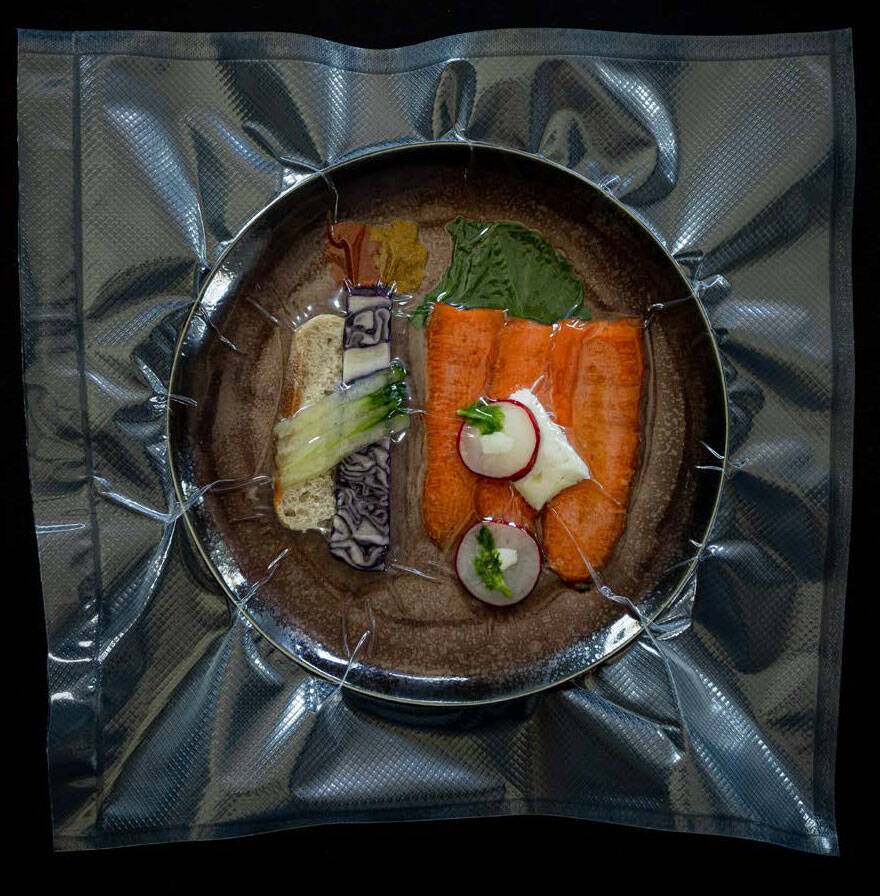
“During this COVID-19 crisis we see incredible innovation in some industries. In no time at all the medical world has developed systems to disinfect gloves and masks so they can be reused. These insights will make their way into foodservice. We can count on the accelerated development of innovations enabling the reuse of packaging."


“The consumer won’t accept a system that doesn’t guarantee hygiene. Chains both large and small have spent the last few years heavily investing in reusables. For instance coffee to go in a mug you bring yourself. That model is now no longer relevant because it doesn’t guarantee food security and hygiene. Big businesses like Starbucks will need to change the way they operate to disinfect reusables cups. Smaller chains and individual stores will follow suit."

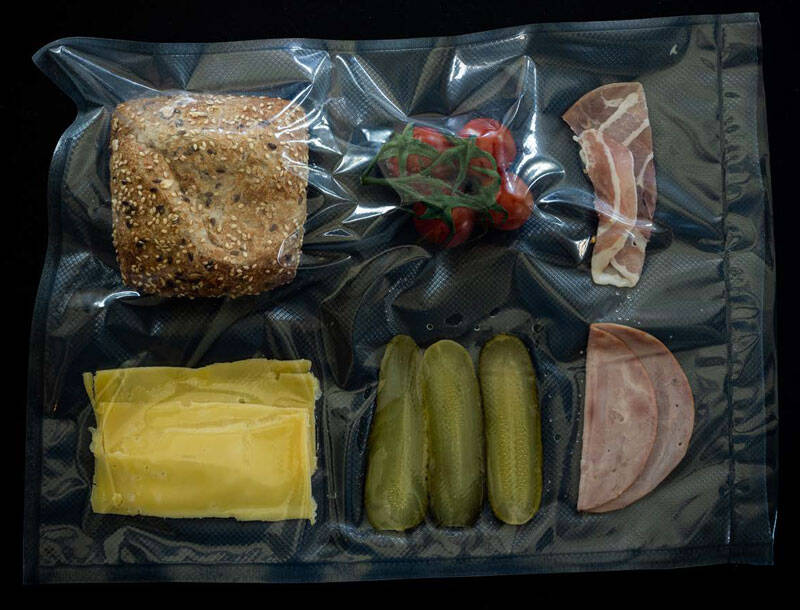
“Just because packaging is only used once, doesn’t mean it’s a hygienic product. The COVID-19 can survive for days on plastic or metallic surfaces. We’re going to see a worldwide rise of intelligent systems with computer chips tracking where a packaged product has been and who has processed it. Consumers looking for security are going to demand businesses be able to show how their products are packaged, transported, and handled.”

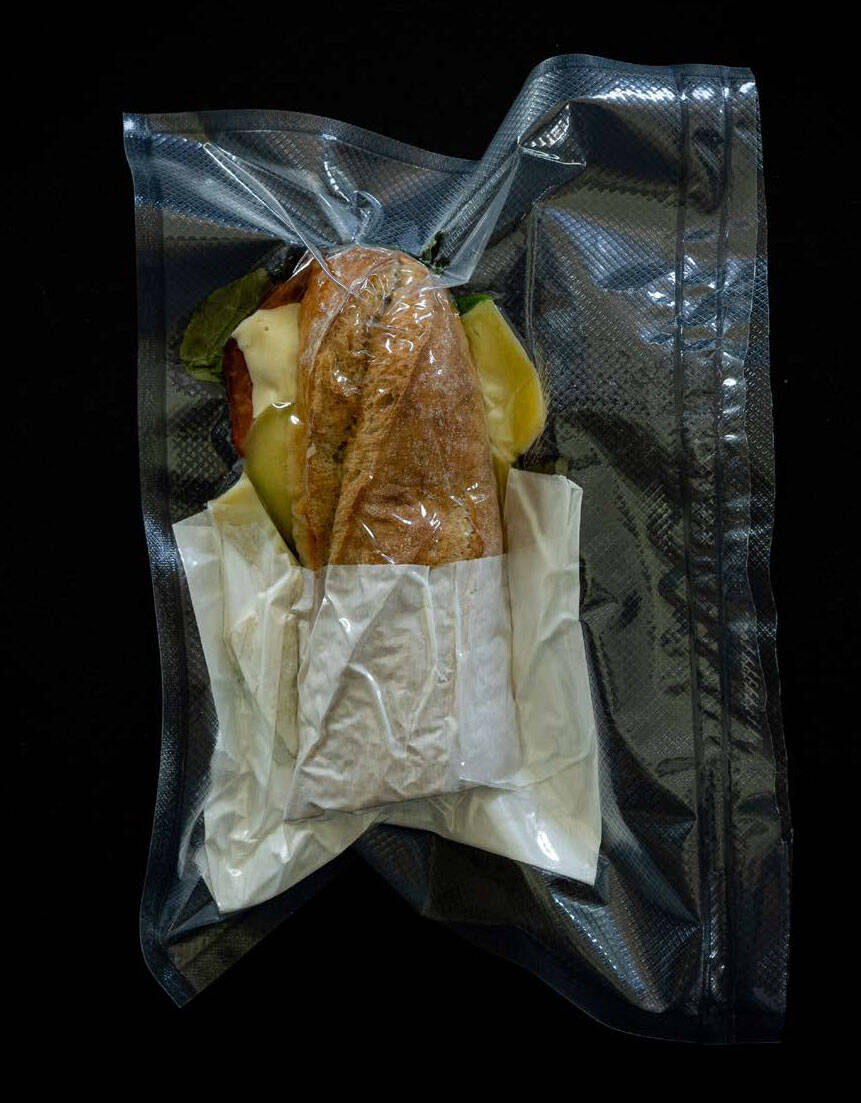
“Before this COVID-19 crisis, everyone in Europe agreed: we produce too much waste. Every European Union member is required to significantly reduce single use plastics in the coming years. In the United States several states have passed similar legislation, and we’ll be seeing more of these types of regulations. The current pandemic makes it very tempting to grab ‘hygienic’ single use packaging because the crisis is very acute. But entrepreneurs that choose that path aren’t looking ahead enough. In time we will need to quit using most single use packaging. Think carefully about your plans before investing in a solution that isn’t sustainable long term.”

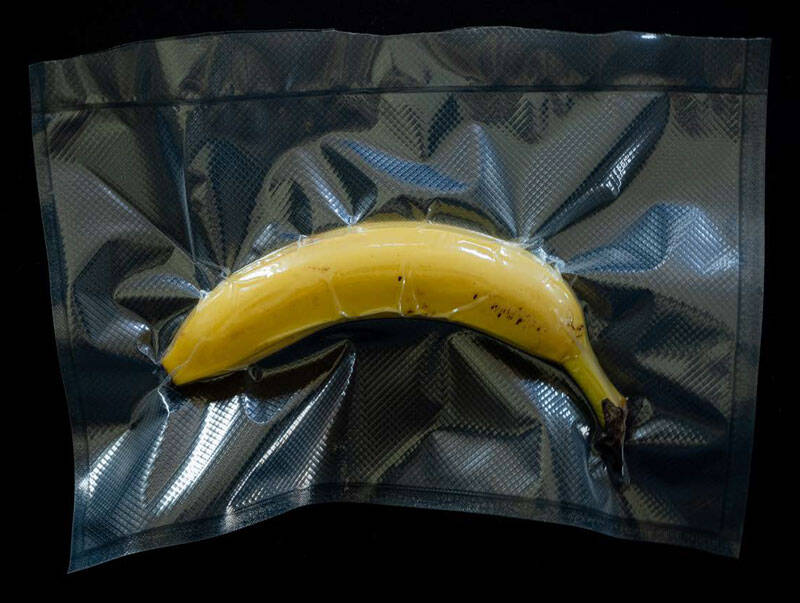

The effects of COVID-19 on food packaging according to sustainability advisor Agnieszka van Batavia
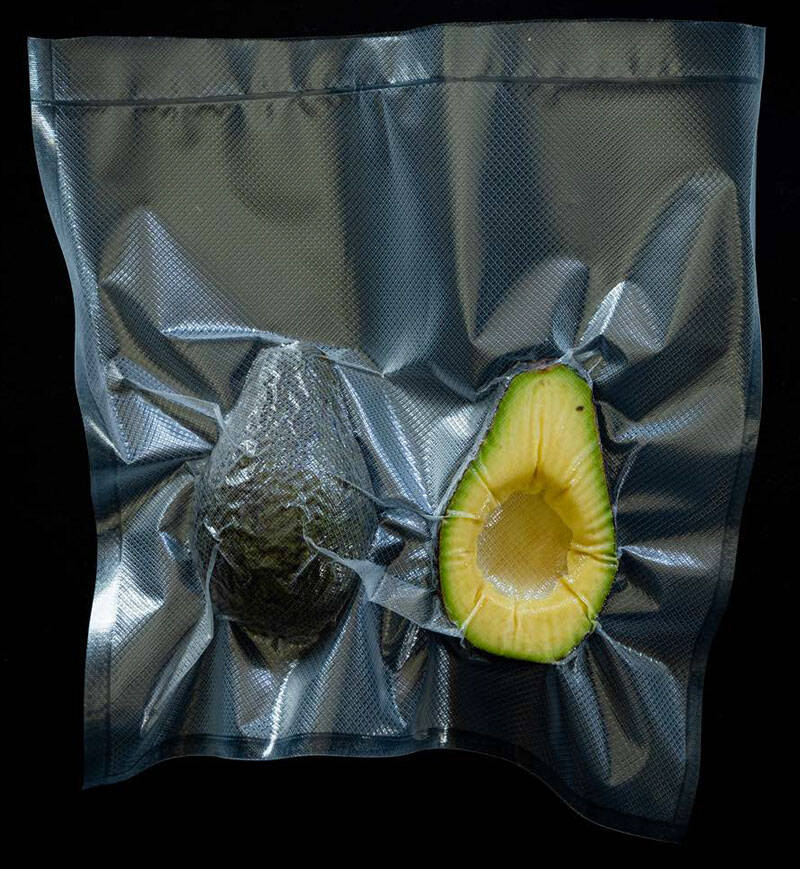
EXPERT OPINION
3 min
FIVE GUIDELINES FOR THE PACKAGING INDUSTRY

“It’s tempting to go for already available single use packaging in the short term. It looks clean, but it’s fighting the symptoms, not the disease. If viruses like SARS, Ebola, MERS, and COVID-19 teach us anything it’s that our global lifestyle is encroaching on animal habitats too much. It might lead to viruses being transmitted from animals to humans. If this pandemic proves anything, it’s that the world needs to transition to sustainable systems as quickly as possible.”

“During this COVID-19 crisis we see incredible innovation in some industries. In no time at all the medical world has developed systems to disinfect gloves and masks so they can be reused. These insights will make their way into foodservice. We can count on the accelerated development of innovations enabling the reuse of packaging."

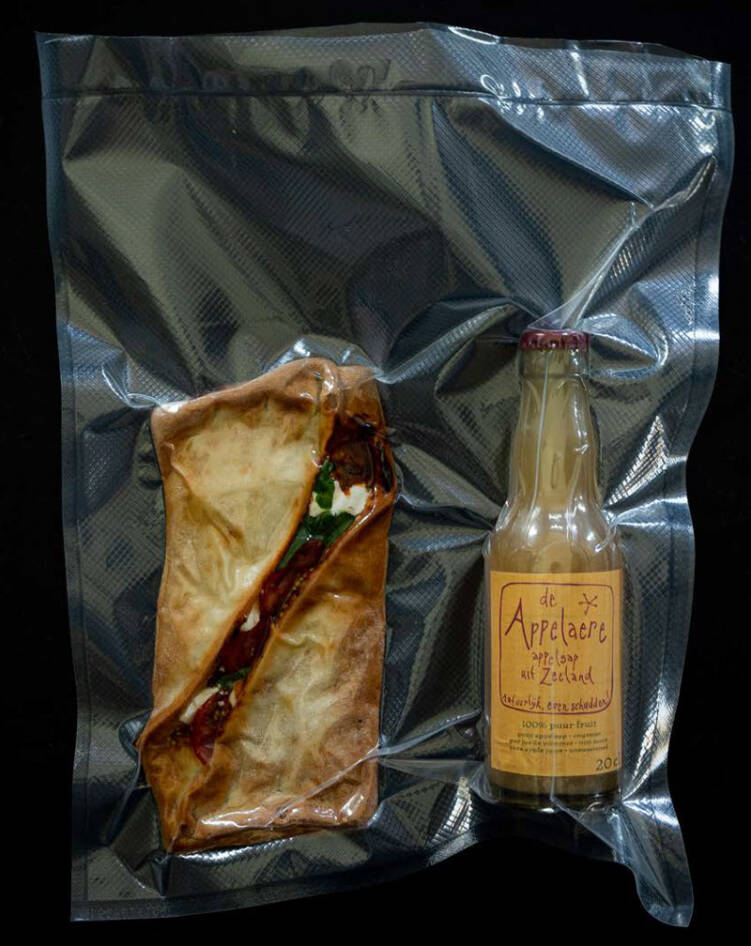

“The consumer won’t accept a system that doesn’t guarantee hygiene. Chains both large and small have spent the last few years heavily investing in reusables. For instance coffee to go in a mug you bring yourself. That model is now no longer relevant because it doesn’t guarantee food security and hygiene. Big businesses like Starbucks will need to change the way they operate to disinfect reusables cups. Smaller chains and individual stores will follow suit."

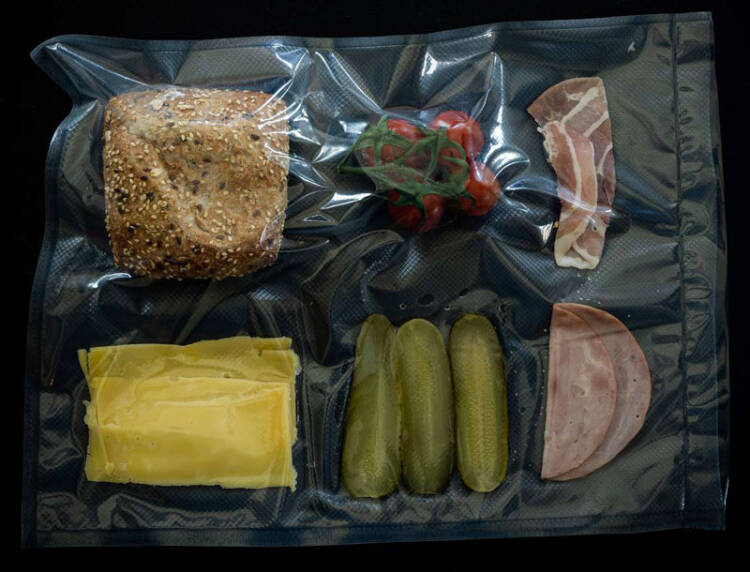
“Just because packaging is only used once, doesn’t mean it’s a hygienic product. The COVID-19 can survive for days on plastic or metallic surfaces. We’re going to see a worldwide rise of intelligent systems with computer chips tracking where a packaged product has been and who has processed it. Consumers looking for security are going to demand businesses be able to show how their products are packaged, transported, and handled.”


“Before this COVID-19 crisis, everyone in Europe agreed: we produce too much waste. Every European Union member is required to significantly reduce single use plastics in the coming years. In the United States several states have passed similar legislation, and we’ll be seeing more of these types of regulations. The current pandemic makes it very tempting to grab ‘hygienic’ single use packaging because the crisis is very acute. But entrepreneurs that choose that path aren’t looking ahead enough. In time we will need to quit using most single use packaging. Think carefully about your plans before investing in a solution that isn’t sustainable long term.”

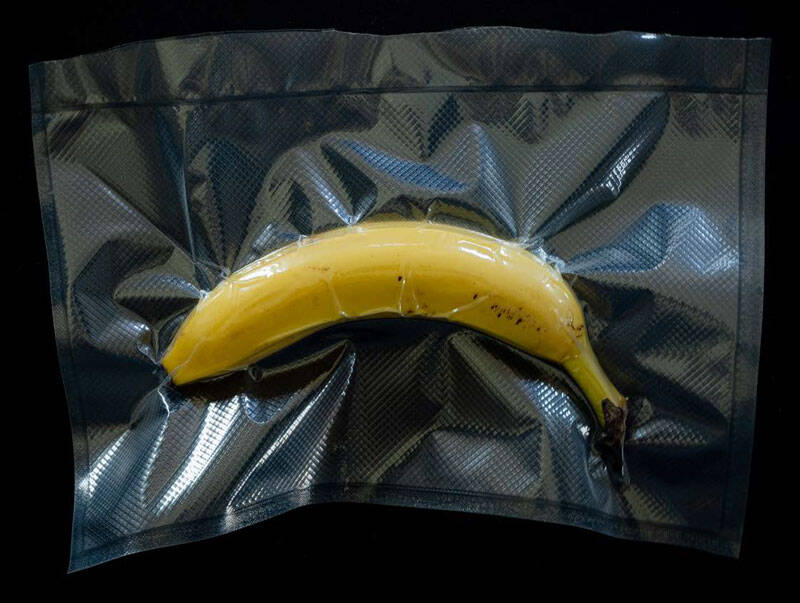
Agnieszka van Batavia

Joost Scholten Oene Sierksma Xiao Er Kong
Good packaging is an essential part of of a hygienic food chain. What can be done, what should be done, and what must be done? Food Inspiration spoke with researcher Agnieszka van Batavia, who works as Packaging Sustainability and Regulatory Advisor at independent research center The LCA Centre in the Netherlands. These are the developments she foresees.
The effects of COVID-19 on food packaging according to sustainability advisor Agnieszka van Batavia

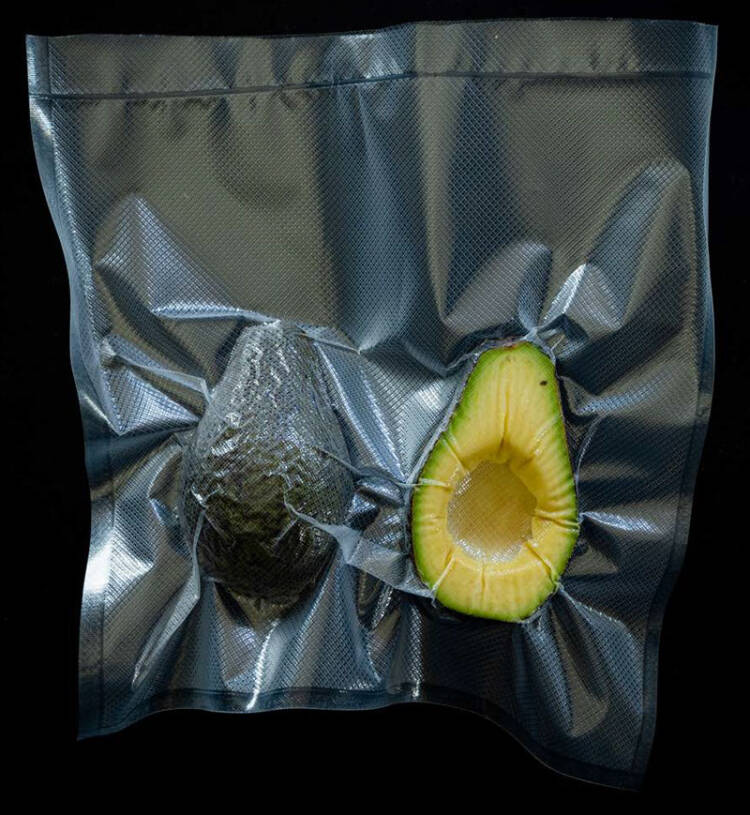
3 min









